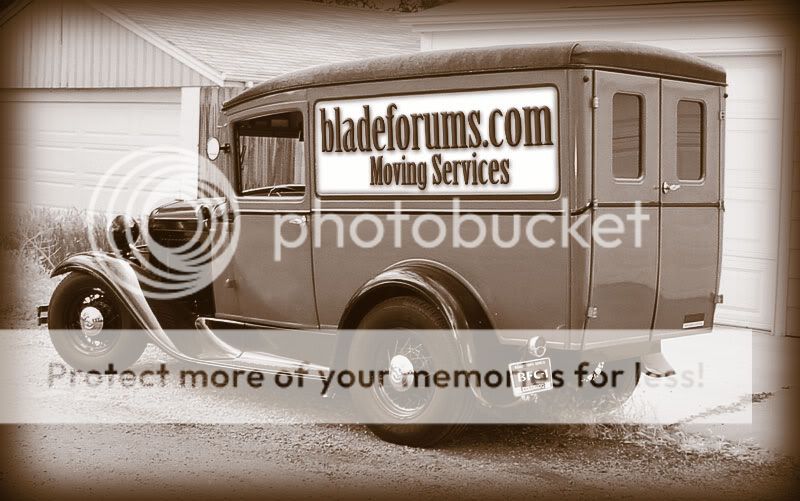As a boatbuilder by trade, I've used quite a few epoxy formulations. I haven't used it to stabilize handle scales yet though. I'm definitely a greenhorn as far as knifemaking and modding are concerned. With that in mind, I'd like to offer a suggestion from a predominantly marine perspective, FWIW.
Like Jim, I would also recommend using a thin epoxy, however I would caution against thinning it more than 10% or so, for two reasons. First (and most importantly) it will interfere with the exotherm, the internally generated heat that initiates the curing process. This can result in a softer finished product that may never cure to the hardness desired for this application. Secondly, the nature of epoxy allows manufacturers to reformulate the mixture to tweak the properties without a net loss in strength. Somewhere, someone makes a blend with the properties you need.
One of my favorite epoxies is Interlux's Epiglass laminating epoxy. It's thin enough to wet out well and it can be thinned 10% to give a consistency almost like water. I would recommend using acetone to thin it, as the acetone will evaporate without leaving a residue and will strip the wood of some of the natural oils that would otherwise interfere with the bond (think teak or even lignum vitae). A good test for epoxy thinners is to wipe them on a piece of glass. If it doesn't evaporate cleanly, don't use it.
Putting it in the fridge is a great idea, that's how a lot of aerospace composites are stored. It will of course increase the viscosity of the resin which will make it harder for it to saturate the wood, so you'll need to play around to find the best compromise. Bear in mind that epoxy cure times are based on an ambient air (and epoxy) temperature of 70-72 degF, so just doing it in the basement will yield a longer pot life. Cooling epoxy down has no significant effects on final strength and hardness.
There are rot restoration epoxies on the market that are formulated to soak into rotted wood to stabilize it. These are typically thin so they'll also saturate the wood that's still intact. Warming the wood helps a lot with saturation, but it increases the exotherm which decreases pot life.
Another issue is blush. That's probably the difficulty you've heard about with using epoxy to stabilize the wood and then to bond the scales on. This is a waxy coating that forms during cure on the epoxy where it's exposed to the air. It will interfere with subsequent bonds, but fortunately it's water soluble. Some water and a scotchbright will clean it right off. Trying to sand it will just melt it and drive it into the epoxy, making the problem worse. In vacuum forming, there is still air inside because you're creating a relative vacuum, not an absolute one. They online tutorials I've seen for stabilizing wood appear to be the same.
For the actual process, I would suggest putting the epoxy and hardener in the fridge overnight, then gently warming the wood all the way through on a sunny windowsill or with a hair dryer (comfortably warm to the touch). When it comes time to bond the scales on, it might be worthwhile to use a product like cab-o-sil, short silica fibers (not chopped strand-that's different) that increase epoxy's value as an adhesive. It will also thicken the glue-line though.

